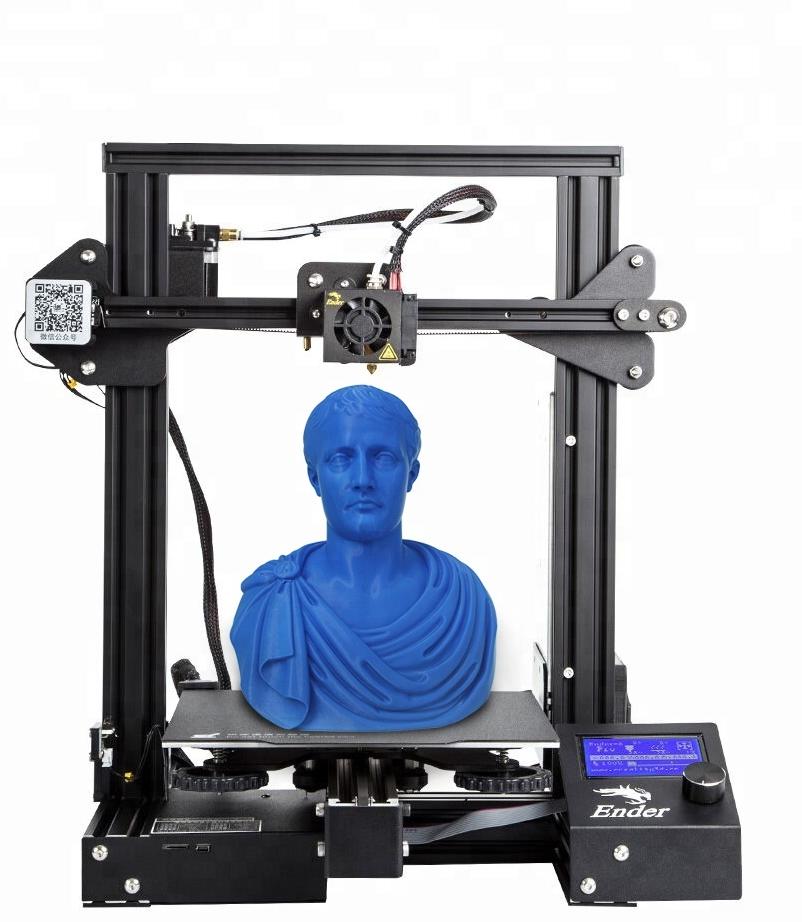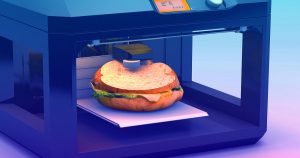In the realm of additive manufacturing, 3D printing has revolutionized various industries, enabling the creation of complex and customized objects. While there are numerous materials used in 3D printing, one particular polymer that has gained significant attention is polyvinyl chloride (PVC). In this article, we will explore the role of PVC in 3D printing, its unique properties, and its diverse applications across different sectors.
- Understanding PVC:
Polyvinyl chloride, commonly known as PVC, is a versatile thermoplastic polymer derived from vinyl chloride monomers. It possesses exceptional properties such as durability, chemical resistance, and low cost, making it a popular choice in various industries. PVC is widely used in construction, healthcare, automotive, and consumer goods sectors due to its versatility and ease of processing. - PVC in 3D Printing:
2.1 Material Properties:
PVC exhibits several characteristics that make it suitable for 3D printing applications. It has a relatively low melting point, typically around 160-180°C, allowing for easy extrusion and deposition during the printing process. PVC also offers good layer adhesion, ensuring the structural integrity of printed objects.
2.2 Filament Production:
To utilize PVC in 3D printing, it is commonly processed into filament form. Filament manufacturers incorporate PVC resin with additives to enhance its printability and mechanical properties. These additives may include plasticizers, stabilizers, and impact modifiers, which improve flexibility, UV resistance, and impact strength respectively.
- Applications of PVC in 3D Printing:
3.1 Prototyping and Product Development:
PVC filament finds extensive use in prototyping and product development stages. Its affordability and ease of printing allow designers and engineers to quickly iterate and test their concepts before moving to mass production. PVC's compatibility with various post-processing techniques, such as sanding, painting, and gluing, further enhances its utility in this domain.
3.2 Functional Parts and Tools:
PVC's mechanical properties make it suitable for fabricating functional parts and tools. Its excellent chemical resistance enables the production of components for chemical processing equipment, plumbing fixtures, and electrical enclosures. PVC's low friction coefficient also makes it ideal for manufacturing gears, bearings, and other moving parts.
3.3 Medical and Healthcare Applications:
In the medical field, PVC has found applications in 3D printing prosthetics, anatomical models, and surgical instruments. Its biocompatibility, sterilizability, and ease of customization make it a valuable material for producing patient-specific medical devices.
3.4 Educational and Artistic Purposes:
PVC filament is widely used in educational settings to introduce students to 3D printing technology. Its low cost and ease of use make it an accessible material for teaching design principles and fostering creativity. Additionally, artists and hobbyists leverage PVC's versatility to create intricate sculptures, decorative objects, and customized artworks.
Conclusion:
Polyvinyl chloride (PVC) has emerged as a valuable material in the realm of 3D printing, offering a range of applications across various industries. Its unique properties, including durability, chemical resistance, and low cost, make it a versatile choice for prototyping, functional parts, medical devices, education, and artistic endeavors. As 3D printing technology continues to advance, PVC's role is likely to expand, contributing to further innovation and customization in manufacturing processes.




+ There are no comments
Add yours